Although the Government launched a VNĐ120 trillion (US$4.74 billion) credit package to boost affordable housing, data shows that less than 2 per cent has been disbursed.
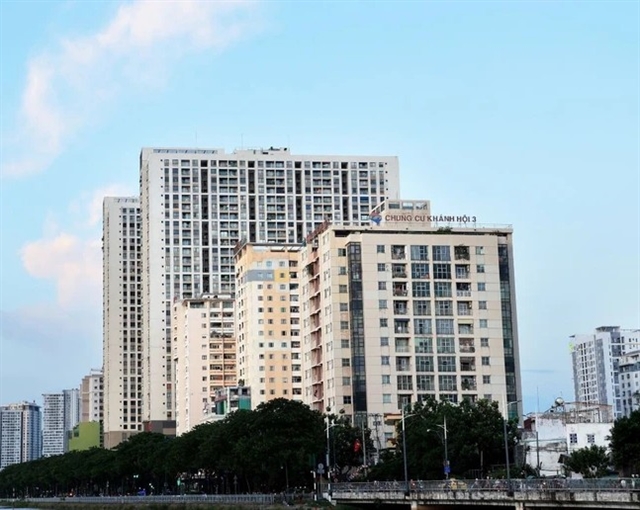
Việt Nam’s affordable housing market continues to face a critical mismatch: demand remains high, but supply is constrained.
While credit packages have been rolled out, industry experts say access and disbursement remain major challenges.
They argue that unlocking affordable financing is vital for the sector’s growth. But to make preferential loans truly effective, Việt Nam needs a coordinated approach, combining simplified procedures, supportive policies and more flexible credit tools.
In mid-2023, the Government launched a VNĐ120 trillion (US$4.74 billion) credit package aimed at boosting the social housing segment. Since then, lenders including TPBank, VPBank, MB, HDBank and Techcombank joined the programme, expanding the package to VNĐ145 trillion.
However, data from the Ministry of Construction showed that only VNĐ2.84 trillion, or less than 2 per cent, had been disbursed. Of that, just VNĐ265 billion went to homebuyers across 15 projects.
Cấn Văn Lực, PhD, Chief Economist at BIDV, said the main issue was not a lack of capital, but bureaucratic hurdles in project approvals and investor selection. He emphasised the need to remove such procedural roadblocks to improve capital flow.
"The credit package is essentially commercial," Lực said. "Participating banks are offering lower rates, around 1.5-2 per cent below market, by using part of their own profits. However, these loans are only available for 3-5 years due to the short-term nature of bank deposits."
Long-term funding
Governor of the State Bank of Việt Nam (SBV) Nguyễn Thị Hồng has pointed out a structural challenge: banks rely on short-term deposits, while housing projects require long-term capital. This mismatch restricts the banking system’s ability to provide sufficient housing loans.
She stressed that bank credit should only play a supporting role, and not serve as the main policy instrument. Instead, the Government could consider entrusting public funds to banks or setting up a national housing fund to provide longer-term, low-interest loans.
Lực cited successful models in countries like Singapore, South Korea and China, where housing funds are built using State budgets, bonds, homebuyer savings, and contributions from financial institutions. In some cases, social insurance funds are also used.
He recommended that Việt Nam prioritise low-income earners and young people under 35 with stable jobs but limited incomes, a strategy used effectively in other countries. These beneficiaries could also contribute to the fund, creating a more sustainable model.
Deputy Minister of Construction Nguyễn Văn Sinh said that local authorities across the country had earmarked over 1,300 land plots covering more than 9,700 hectares for social housing development. Most provinces and cities had allocated adequate land for this purpose, often selecting prime locations near urban centres and industrial zones, with access to essential technical and social infrastructure.
However, Sinh said, there were still areas where the designated land did not match actual demand. Notably, in some localities, developers of commercial housing projects proposed converting the legally required 20 per cent of land for social housing into cash payments instead. This practice risked shrinking the land pool available for social housing development, Sinh said.
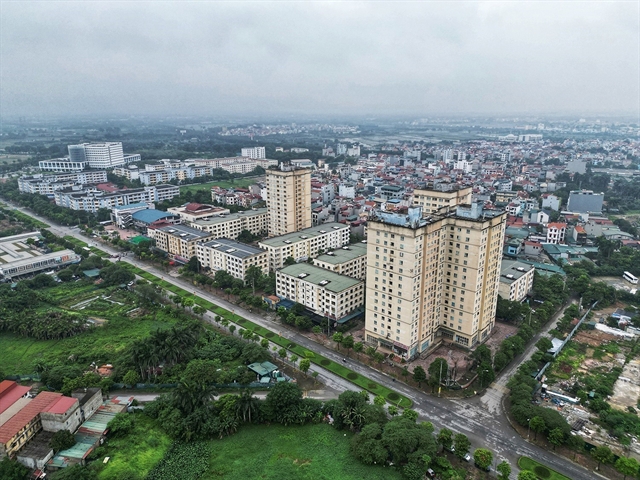
At the same time, the preparation and approval of concrete plans for social housing funding – both annual and phase-by-phase, from now until 2030 – remained slow, despite this being the responsibility of provincial People’s Committees [Administrations], Sinh added.
Low profitability is also a key barrier, discouraging businesses from engaging in social housing projects.
Lê Hữu Nghĩa, director of the Lê Thành Construction and Trading Co Ltd, noted that the current profit margin capped at 10 per cent for social housing would mean that, after five years of implementation, companies often see actual returns of just around 2 per cent, which is deemed not attractive enough for reinvestment.
Lê Hoàng Châu, chairman of the Hồ Chí Minh City Real Estate Association, echoed this concern, saying that low profits were one of the biggest disincentives for developers in this segment.
"Only when the profit margin is raised to a more reasonable level, about 13 per cent, as currently proposed by the Ministry of Construction, will more businesses be encouraged to participate," Châu said.
Tailored for young buyers
According to SBV, the VNĐ145 trillion package offers annual interest rates between 6.1 and 6.6 per cent, comparable to loans for low-income households. Several banks also launched targeted schemes for buyers under 35, with interest rates 1–3 per cent below the market average and loan terms of up to 15 years.
SHB, for instance, offers a VNĐ16 trillion package with rates starting from 3.99 per cent, while other banks like PVcomBank, ACB and Shinhan Bank offer similar deals. Elsewhere, major lenders such as BIDV, Vietcombank and VietinBank are providing fixed-rate loans from 5.5 to 8.2 per cent during preferential periods.
Nevertheless, not all low-income earners are looking to buy homes with loans. Acknowledging this, SBV has proposed that authorities re-evaluate actual demand, including for renting and rent-to-own options, and design policies accordingly.
Economists emphasised that youth-focused loan schemes must clearly define their target groups, including both public and private sector workers. As banks are restricted to using 30 per cent of short-term capital for long-term loans, careful planning is essential.
To support those with genuine need and financial ability, the Government should expand access to preferential loans, while also encouraging affordable rental housing with State and bank support, they said. VNS
|
Social housing strategies laid out by experts
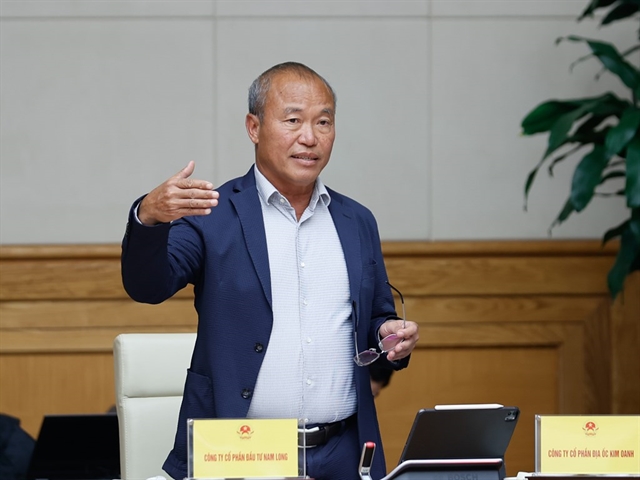
Nam Long Group Chairman Nguyễn Xuân Quang. Photo baochinhphu.vn
Nguyễn Xuân Quang, chairman of Nam Long Group, proposed that social housing prices should be approved once at the point of sale, rather than through the current two-step process. Under the current mechanism, prices are only tentatively approved at the time of launch and finalised during project settlement – a stage often delayed due to discrepancies between tentative and actual costs. Quang said this discourages investment and slows down social housing supply. He also recommended that social housing be developed using private capital, with the State supporting land clearance. Where developers use their land, he suggested land valuation should reflect market rates in the absence of official land price lists. Quang further called for streamlined investment approval procedures and realistic cost benchmarks, including sales and marketing expenses. He urged the establishment of a centralised inter-ministerial task force with full authority to address implementation bottlenecks. Nam Long, together with partners, has registered to build 60,000 social housing units across HCM City, Hà Nội, Cần Thơ and Long An. Drawing from more than 15 years of experience in affordable housing projects, the group has studied successful international models from Singapore and the Netherlands to apply in Việt Nam. 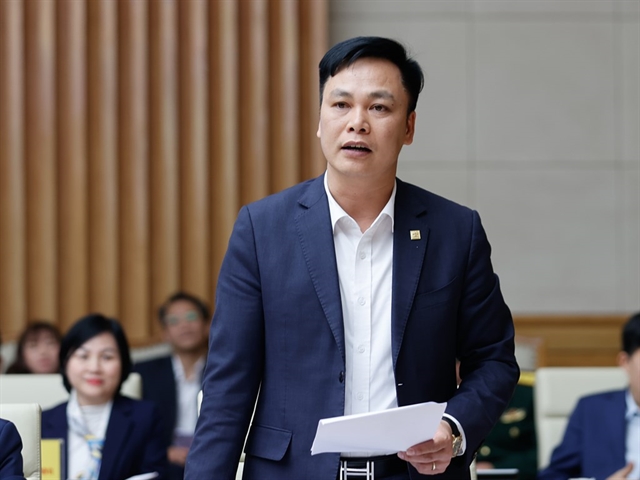
Nguyễn Văn Luyến, general director of the Urban Infrastructure Development Investment Corporation.
Nguyễn Văn Luyến, general director of the Urban Infrastructure Development Investment Corporation, highlighted issues with land availability and long approval timelines, which often stretch from 18 months to 3 years, far longer than commercial projects. Luyến said many localities had not prioritised social housing, causing delays at various stages such as investment approval, zoning, environmental clearance, and eligibility verification. He proposed a one-stop administrative model to cut project approval to six months and to include social housing in the list of priority initiatives eligible for fast-track processing. Luyến also suggested setting up clear, transparent criteria for direct land allocation without auction, applicable only to capable State-owned enterprises. Eligible land must be part of approved social housing plans or underused public land, especially the mandatory 20 per cent land set aside for commercial housing projects. Enterprises would need to commit to completing projects within 24–36 months. He proposed pilot programmes in major cities such as Hà Nội, HCM City, Bình Dương and Đà Nẵng. Direct land allocation would reduce time-consuming bidding procedures and help prevent speculative land hoarding by developers. 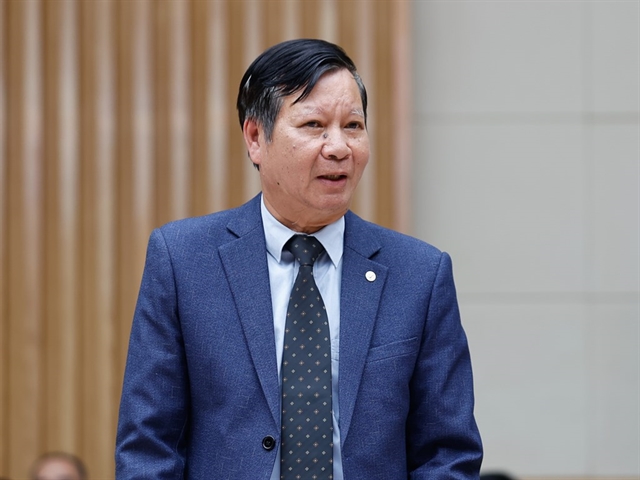
Vice Chairman of Vingroup Lê Khắc Hiệp,.
Lê Khắc Hiệp, vice chairman of Vingroup, stressed the importance of allowing local authorities to decide how to allocate land for social housing based on actual needs. However, he warned that inconsistent implementation of the law had created confusion. In some provinces, developers were still required to set aside 20 per cent of land for social housing, echoing outdated rules under the 2014 housing law. Hiệp said that forcing developers to contribute land or pay land-use fees at different stages would lead to legal inconsistencies and financial burdens, especially if fees are imposed again after the infrastructure is completed. He argued that such requirements should be removed to avoid overlapping land and tax regulations. He highlighted the poor location of some past social housing projects, which were far from industrial zones and public services, making them inconvenient for target groups like workers and civil servants. Vingroup proposed that localities be allowed to collect full land-use fees upfront and take responsibility for developing social housing on alternative sites. A transition clause should also allow authorities to revise land use plans for older projects that have not yet built social housing, enabling the land to be repurposed while still meeting the housing needs of eligible groups. VNS |





